The two American allies are signing on to the U.S. offensive against China’s flagging chip industry.
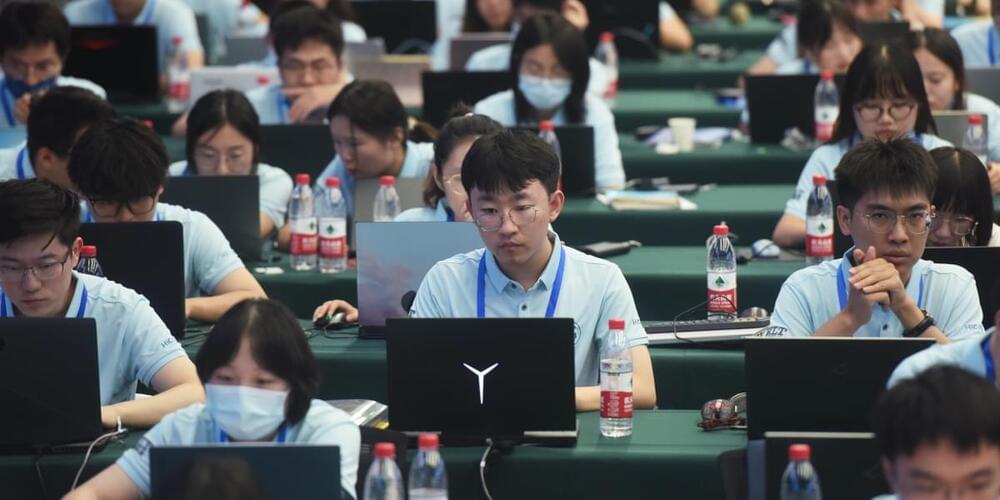

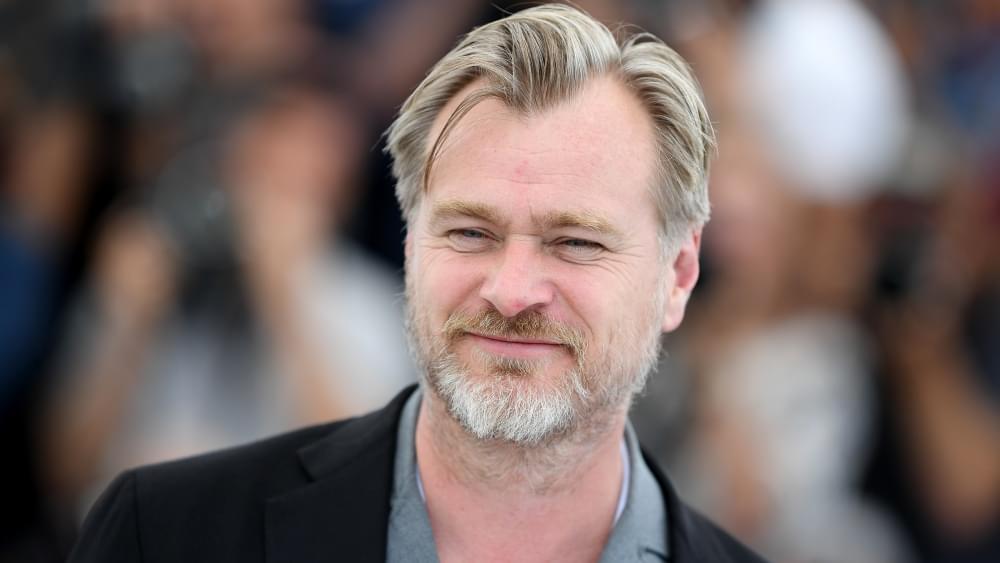
Christopher Nolan revealed to Total Film magazine that he recreated the first nuclear weapon detonation without CGI effects as part of the production for his new movie “Oppenehimer.” The film stars longtime Nolan collaborator Cillian Murphy as J. Robert Oppenheimer, a leading figure of the Manhattan Project and the creation the atomic bomb during World War II. Nolan has always favored practical effects over VFX (he even blew up a real Boeing 747 for “Tenet”), so it’s no surprise he went the practical route when it came time to film a nuclear weapon explosion.
“I think recreating the Trinity test [the first nuclear weapon detonation, in New Mexico] without the use of computer graphics was a huge challenge to take on,” Nolan said. “Andrew Jackson — my visual effects supervisor, I got him on board early on — was looking at how we could do a lot of the visual elements of the film practically, from representing quantum dynamics and quantum physics to the Trinity test itself, to recreating, with my team, Los Alamos up on a mesa in New Mexico in extraordinary weather, a lot of which was needed for the film, in terms of the very harsh conditions out there — there were huge practical challenges.”
Using a chip-based optical frequency comb, researchers transmitted almost double the global internet traffic in a single second.


A pair of microspheres can convert microwave signals over a wide frequency range into optical signals, which will be essential for future quantum technologies.
Future quantum communication systems will likely use microwaves to transfer information into and out of storage and processing devices but will use lasers to carry information from point to point within an extended network. Now researchers have demonstrated an improved method for converting microwaves to visible light signals by exploiting the way that electromagnetic waves can set up vibrations within microspheres [1]. Two microspheres in contact—one sensitive to microwaves and the other sensitive to optical signals—serve as the core of the converter. The work should give researchers a wider range of technological options as they develop advanced communications and computing networks.
Researchers are pursuing a variety of ways to store quantum information, or “qubits,” in microscopic, typically superconducting, structures. One common feature of such technologies is that reading or writing information relies on interactions with microwaves rather than on higher-frequency visible or infrared light from lasers. But lasers offer the best way to move information around, so extended networks of such devices will need ways to convert signals from one form to the other.
Elon Musk’s Neuralink is under federal investigation for potential animal-welfare violations after staff complaints about rushed animal testing. Ana Kasparian discusses on The Young Turks. Watch TYT LIVE on weekdays 6–8 pm ET. http://youtube.com/theyoungturks/live.
“Elon Musk’s Neuralink, a medical device company, is under federal investigation for potential animal-welfare violations amid internal staff complaints that its animal testing is being rushed, causing needless suffering and deaths, according to documents reviewed by Reuters and sources familiar with the investigation and company operations.
Neuralink Corp is developing a brain implant it hopes will help paralyzed people walk again and cure other neurological ailments. The federal probe, which has not been previously reported, was opened in recent months by the U.S. Department of Agriculture’s Inspector General at the request of a federal prosecutor, according to two sources with knowledge of the investigation. The probe, one of the sources said, focuses on violations of the Animal Welfare Act, which governs how researchers treat and test some animals.”
The largest online progressive news show in the world. Hosted by Cenk Uygur and Ana Kasparian. LIVE weekdays 6–8 pm ET.
Help support our mission and get perks. Membership protects TYT’s independence from corporate ownership and allows us to provide free live shows that speak truth to power for people around the world. See Perks: ▶ https://www.youtube.com/TheYoungTurks/join.
SUBSCRIBE on YOUTUBE: ☞ https://www.youtube.com/subscription_center?add_user=theyoungturks.
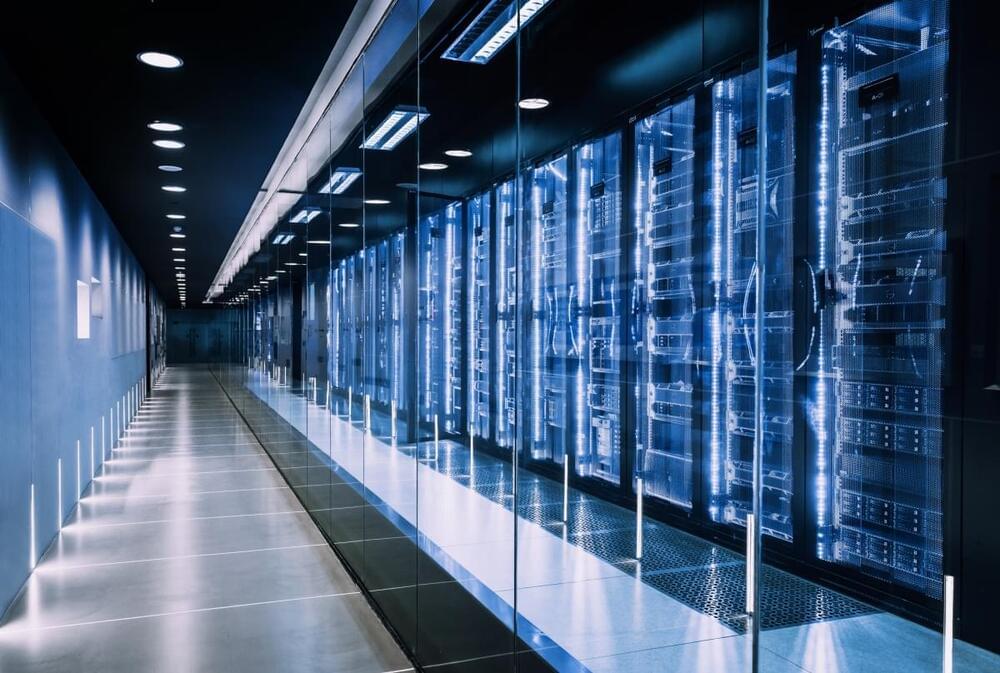
Microsoft today announced that it acquired Lumenisity, a U.K.-based startup developing “hollow core fiber (HCF)” technologies primarily for data centers and ISPs. Microsoft says that the purchase, the terms of which weren’t disclosed, will “expand [its] ability to further optimize its global cloud infrastructure” and “serve Microsoft’s cloud platform and services customers with strict latency and security requirements.”
HCF cables fundamentally combine optical fiber and coaxial cable. They’ve been around since the ’90s, but what Lumenisity brings to the table is a proprietary design with an air-filled center channel surrounded by a ring of glass tubes. The idea is that light can travel faster through air than glass; in a trial with Comcast in April, a single strand of Lumenisity HCF was reportedly able to deliver traffic rates ranging from 10 Gbps to 400 Gbps.
“HCF can provide benefits across a broad range of industries including healthcare, financial services, manufacturing, retail and government,” Girish Bablani, CVP of Microsoft’s Azure Core business, wrote in a blog post. “For the public sector, HCF could provide enhanced security and intrusion detection for federal and local governments across the globe. In healthcare, because HCF can accommodate the size and volume of large data sets, it could help accelerate medical image retrieval, facilitating providers’ ability to ingest, persist and share medical imaging data in the cloud. And with the rise of the digital economy, HCF could help international financial institutions seeking fast, secure transactions across a broad geographic region.”
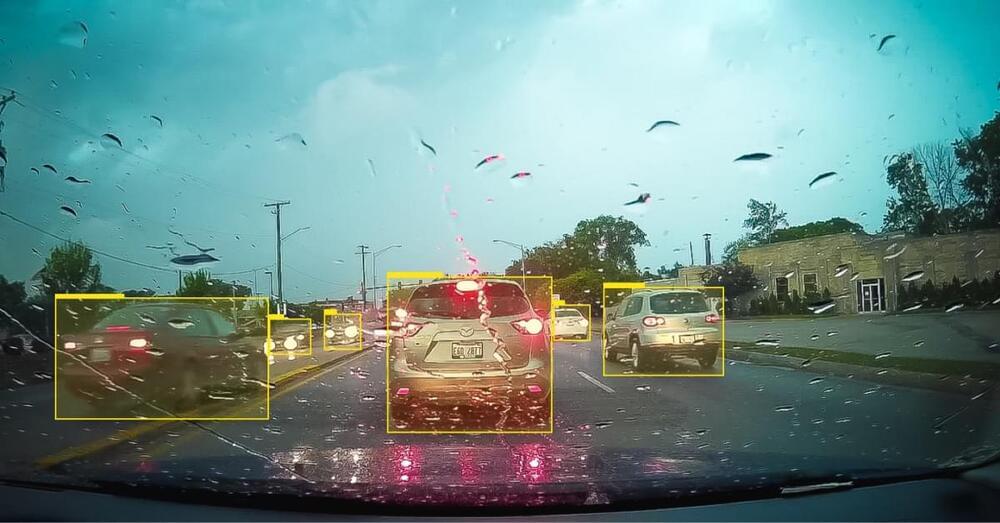
Brodmann17, an Israeli computer vision technology startup that developed a novel approach to take on a marketplace dominated by Mobileye, shut down this week. Brodmann17’s co-founder and CEO Adi Pinhas posted a message on LinkedIn announcing the move, stating that while the company would not be able to bring its products to the mass market as hoped, “we do get comfort that our innovation will hopefully influence the market thinking and others will proceed in the mission of creating safer mobility to everyone.”
In a subsequent interview, Pinhas told TechCrunch that “there is a strong feeling of sorrow as we proved the technology, there is outstanding demand and we have customers in production.
Tournament selection, roulette selection, mutation, crossover — all processes used in genetic algorithms. Dr Alex Turner explains using the Knapsack Problem.
https://www.facebook.com/computerphile.
https://twitter.com/computer_phile.
This video was filmed and edited by Sean Riley.
Computer Science at the University of Nottingham: https://bit.ly/nottscomputer.
Computerphile is a sister project to Brady Haran’s Numberphile. More at http://www.bradyharan.com
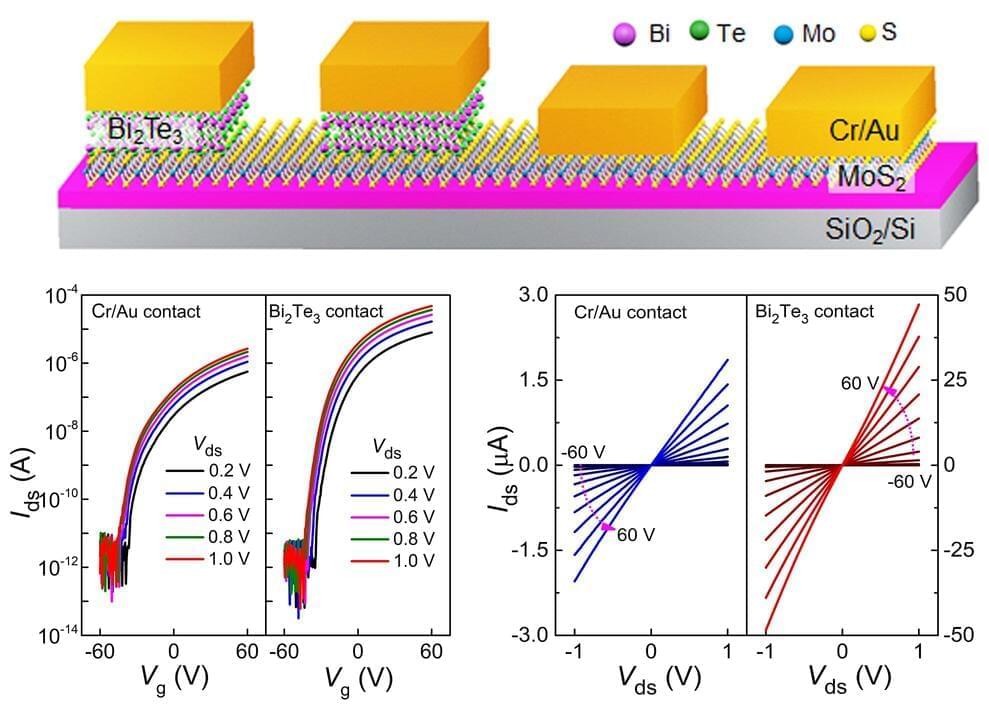
A team of researchers in China have developed a high-conductivity material that could greatly reduce contact resistance and Schottky barrier height within critical parts of electronic and optoelectronic microchips, paving the way for computer and digital imaging components that consume less power relative to their performance than existing chipsets.
The material, molybdenum disulfide (MoS2) is so thin that it falls into a classification of two-dimensional. That is, it is grown in sheets extending in two directions, X and Y, but virtually immeasurable on a Z axis because the material is often only a single molecule or atom in height.
The team, led by Professor Dong Li and Professor Anlian Pan, College of Materials Science and Engineering at Hunan University, published their findings in Nano Research.